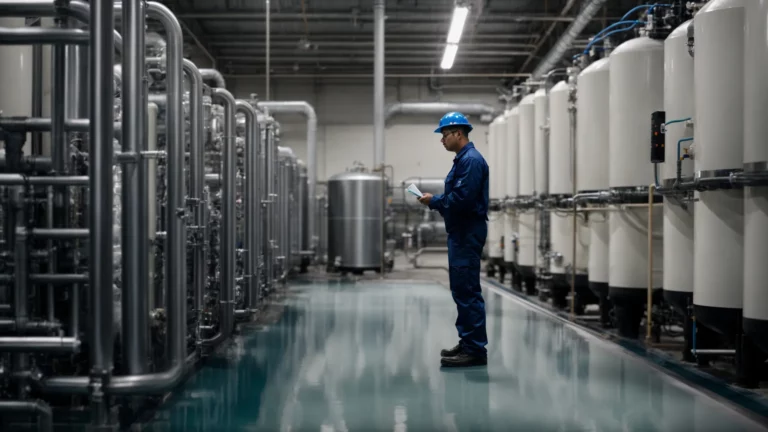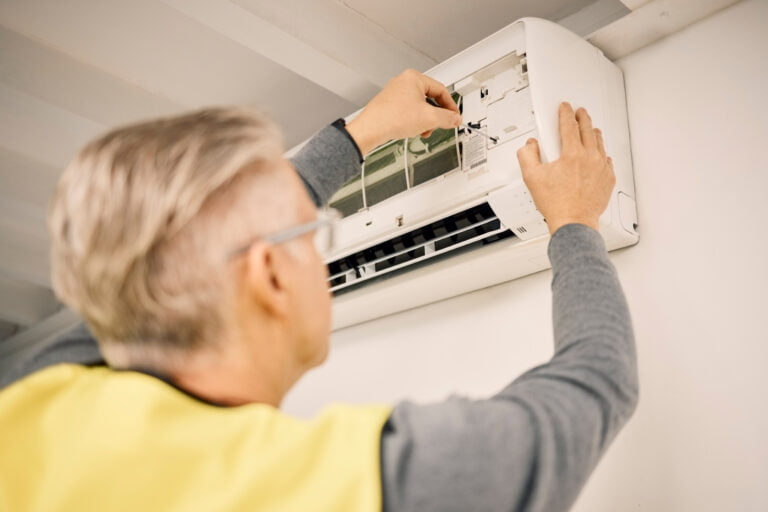Exploring the Latest Features and Technologies in Walk-In Coolers
Refrigeration plays a central role in the food service industry. From preserving food to ensuring that dishes are served at the right temperature, the decision of the refrigerating unit affects your operations massively. What better way to address this need, than walk-in commercial refrigeration? Their versatility and substantial capacity make them an indispensable part of the industry. Keep reading to find out more.
Understanding Walk-In Fridge: A Brief Overview
Walk-in refrigeration equipment are large refrigeration units that offer substantial space for storing food products. They are a staple for many businesses, including restaurants, grocery stores, and other food service establishments.
The primary purpose of a walk-in fridge is to maintain a constant, low temperature. This ensures that the food stored within remains fresh, minimizing wastage and maximizing the quality of food served.
Walk-ins come in different sizes, designs, and capacities. Depending on the specific needs and space constraints of an establishment, it is prudent to choose a cooler that fits well with your operation.
The choice of walk-in coolers also needs to take into account energy efficiency, cost, longevity, and other key factors.
Essential Features to Expect in Modern Walk-In Cooler

Modern walk-ins lay stress on energy efficiency. From insulation to the refrigeration system itself, every aspect is designed to reduce energy consumption, keeping operating costs low.
The shelving inside the coolers is also evolved. Adjustable, easy to clean shelves make storing and organizing products simpler.
Furthermore, new-age coolers take hygiene very seriously. They come equipped with anti-microbial agents and easy-to-clean materials, ensuring a standard of cleanliness that is required in the food industry.
The insulation quality of these modern coolers has also improved drastically. This not only keeps the cooler’s efficiency high, but also extends the lifespan of the equipment.
Emergence of Technology: How It’s Elevating Walk-In Fridge Functions
Technology has permeated every part of our lives, and it’s no different for the food industry and its equipment. Walk-in fridges are now smarter, offering features like temperature logging and alerts, remote monitoring, and more.
IoT is making a big impact in this regard. Connected devices can provide real-time information about the cooler’s performance, allowing for proactive maintenance and better control of food safety.
Touchscreen controls, automation, and mobile applications make operation simpler and more convenient. This cuts down on training time and reduces manual effort, improving overall productivity.
Digital control systems can also create a powerful data stream that managers can leverage to optimize operations and cut costs.
Significant High-Tech Features Elevating the Walk-In Experience

Among the numerous high-tech features that have become common in walk-ins, temperature control takes the cake. The ability to control and maintain precise temperatures sets the foundation for food safety and quality.
Automation comes in next. From defrost cycles to energy-saving modes, automated operations ease the workload on staff and ensure the cooler runs at peak efficiency.
Alert notifications can save the day by immediately informing relevant personnel about any malfunction or temperature fluctuations, preventing food spoilage.
Lastly, energy monitoring systems provide valuable data that can be analyzed to identify patterns, predict future energy needs, and create proactive plans to reduce consumption.
Reflecting on the Impact of These Innovations on the Food Industry
The food industry is reaping the benefits of these innovations significantly. With improved energy efficiency, businesses are saving on operational costs while being environmentally friendly.
Higher standards of hygiene mean healthier and safer food, boosting consumer confidence and demand in turn. This also ensures compliance with stringent health and safety regulations in place worldwide.
The convenience offered by these features helps establishments run smoother operations, leaving more time for focusing on core business aspects like customer satisfaction and revenue generation.
In the context of a world still grappling with the pandemic, these upgrades also reduce the need for hands-on manipulation, contributing to safer workplaces.
Altogether, the advent of high-tech features in walk-ins is revolutionizing the food industry, bridging gaps between operational efficiency, food safety, and cost-effectiveness. With technological advancement moving at an exciting pace, the future of walk-ins and the industry at large looks promising.











